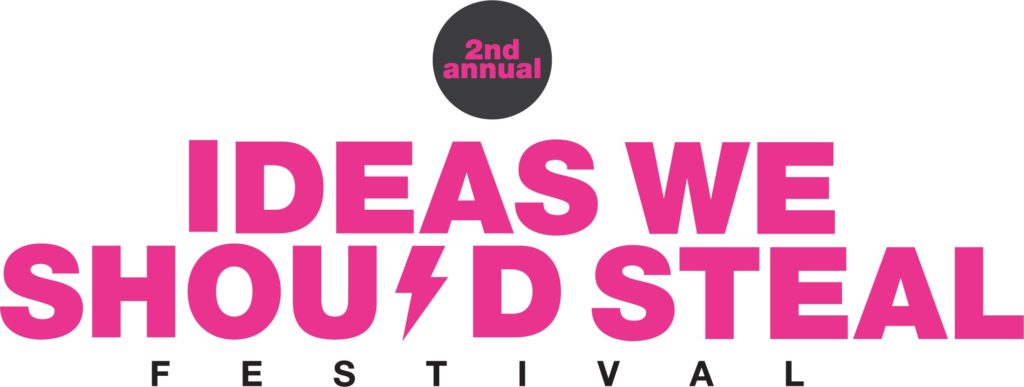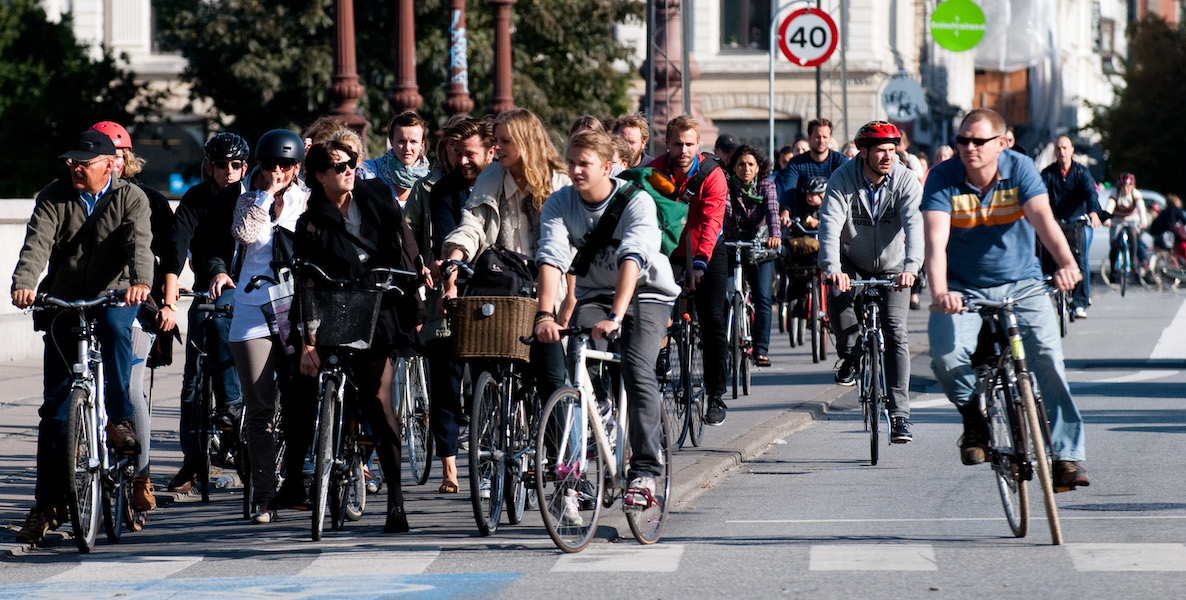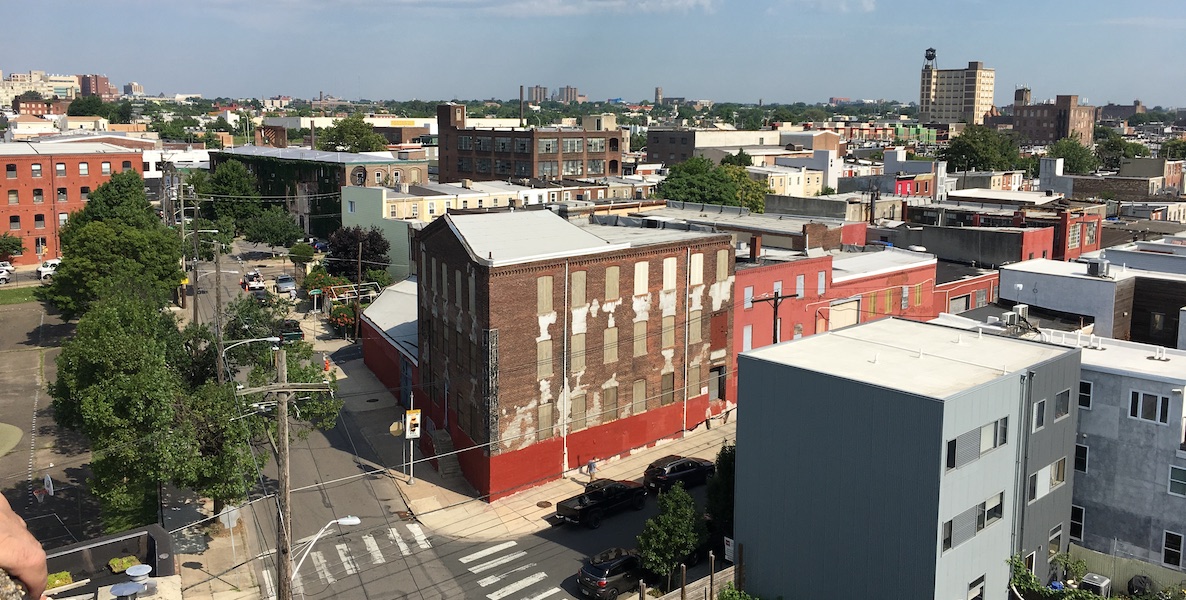In October 2018, I visited Dayton for the first time as part of an Opportunity Zones effort I had undertaken in partnership with Accelerator for America. I did not know then that Mayor Nan Whaley and Shelley Dickstein, her indefatigable city manager, had a surprise in store for me. They and their colleagues took me for a tour of the Dayton Arcade, a historical gem that was on the verge of rebirth and renewal.
At this point in the article, you should google Dayton Arcade and sit back and appreciate what American architecture was capable of at the turn of the turn of the 20th century.
According to Wikipedia:
The [Arcade] is a historic, architecturally elegant complex in the heart of Dayton’s [downtown]. Built between 1902 and 1904, it was conceived by Eugene J. Barney of the Barney & Smith Car Company and consists of five interconnecting buildings topped by a glass-domed rotunda, 70 feet (21 m) high and 90 feet (27 m) in diameter (detailing around the dome includes oak leaves and acorns, grain, rams’ heads, wild turkeys, and cornucopia), below which two balconied upper floors circle the central enclave. As president of the Arcade Company, Barney made sure the Arcade had the latest innovations, including elevators, a power plant and a cold-storage plant.
Originally, the main spaces were used for a major food market, with retail stores, offices and apartments on the upper floors. Through the first four decades of the Twentieth Century, this super supermarket and retail center was one of Downtown Dayton’s prime attractions and destinations, offering the unusual in fruit and vegetables, seafood, baked goods, food specialties, meats and meat specialties, fresh-cut flowers, and assorted luxury items available in or out of season.”
The Arcade was placed on the National Register of Historical Places in 1974, busy freeways and suburban sprawl took its toll on the edifice. As such, the Arcade was shuttered in the 1990s, only to be occasionally re-opened for holiday festivities.
The Transformative Part
Earlier this year, the city announced that a deal had been struck with Cross Street Partners, McCormack Baron and the Model Group on a first-phase $90 million mixed-used project on the Arcade that includes housing, offices, restaurants and retail.
The Arcade’s anchor tenant will be the Arcade Innovation Hub LLC, a joint venture between the University of Dayton and the Entrepreneurs Center. (Disclosure: I have known Bill Struever of Cross Street Partners and Richard Baron for decades and long admired the quality of their work and their unshakeable commitment to cities.)
About a month ago, Mayor Whaley and Accelerator for America co-hosted “Gem City Rising: Economic Resiliency and Renewal” as part of Accelerator’s broader Opportunity Zone Investor Summit series. The gathering gave many leaders from the government, corporate, philanthropic, university, investor and entrepreneurial sectors a chance to take stock of progress to date and the potential going forward. A bunch of us also got a chance to tour the Arcade site, now under active redevelopment.
Now Comes the Sobering News
The Dayton Arcade project has 26 layers of financing (!), including $22 million in low-income housing tax credits, $15.9 million in Property Assessed Clean Energy funding, $16 million in federal historic tax credits, $12.5 million in New Market Tax Credit equity and $9 million in state historic tax credits. With all these disparate layers—some of which has layers within layers—it is not surprising that more than 35 attorneys were present at the closing.
A recent Dayton Business Journal article on “The Women of the Dayton Arcade” referred to Frances Kern Mennone, director of development at Cross Street Partners, as “The Muscle” for her ability to push this financing through to fruition.
What We Can Learn From the Dayton Arcade
We should all give our gratitude to those remarkable mayors, city managers, developers, architects, planners, professionals, investors, bankers, inspectors and, yes, lawyers who make the regeneration of our cities, particularly former industrial cities, possible.
But we should also make a commitment. Urban regeneration doesn’t have to be a heroic act! It should not be this difficult, maddening or ulcer-inducing to do the obvious: Restore the historic core and heart (and pride) of our magnificent cities and catalyze broad-based and broadly shared economic renewal.
A brief bio… Get to Know Mayor Nan Whaley
We need to examine closely the financial structure of this transaction not to determine how best to replicate the capital stack from hell but rather how to simplify, streamline and bring new patient and market-oriented investors into the mix.
The Dayton Arcade is the most transformative project in America. But it should never have taken this long or been this complicated to accomplish.
Opportunity Zones have unveiled the insanity and dysfunctionality of the current system and are offering some new solutions and capital stacks. But the broader messages are clear: As a country, we are not valuing the right things. Institutional investors—many of whom made their wealth in places like Dayton—are not investing in the right places. And most communities do not have the human capital—the people—with sufficient experience and expertise to suffer through the existing system and invent the new one.
There is much work to do.
Bruce Katz is the director of the new Nowak Metro Finance Lab at Drexel University, created to help cities design new institutions and mechanisms that harness public, private and civic capital for transformative investment.
Header photo courtesy Dayton Redevelopment Projects / Flickr













